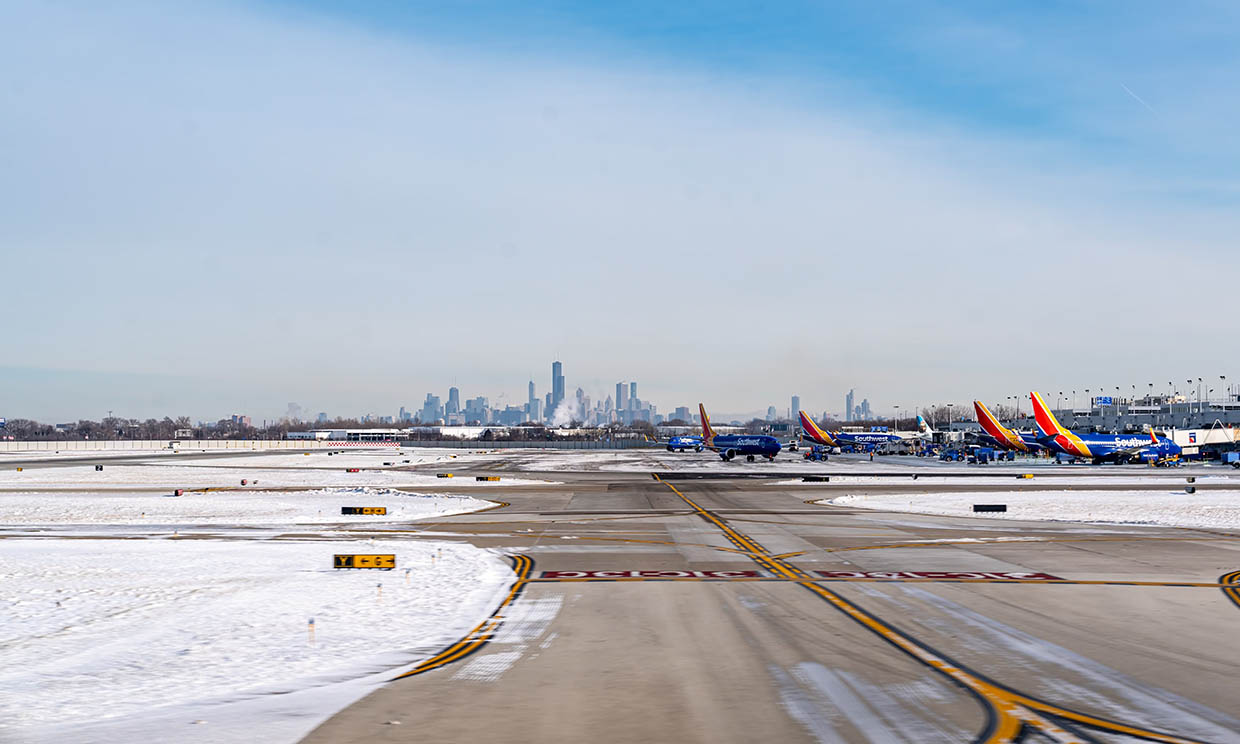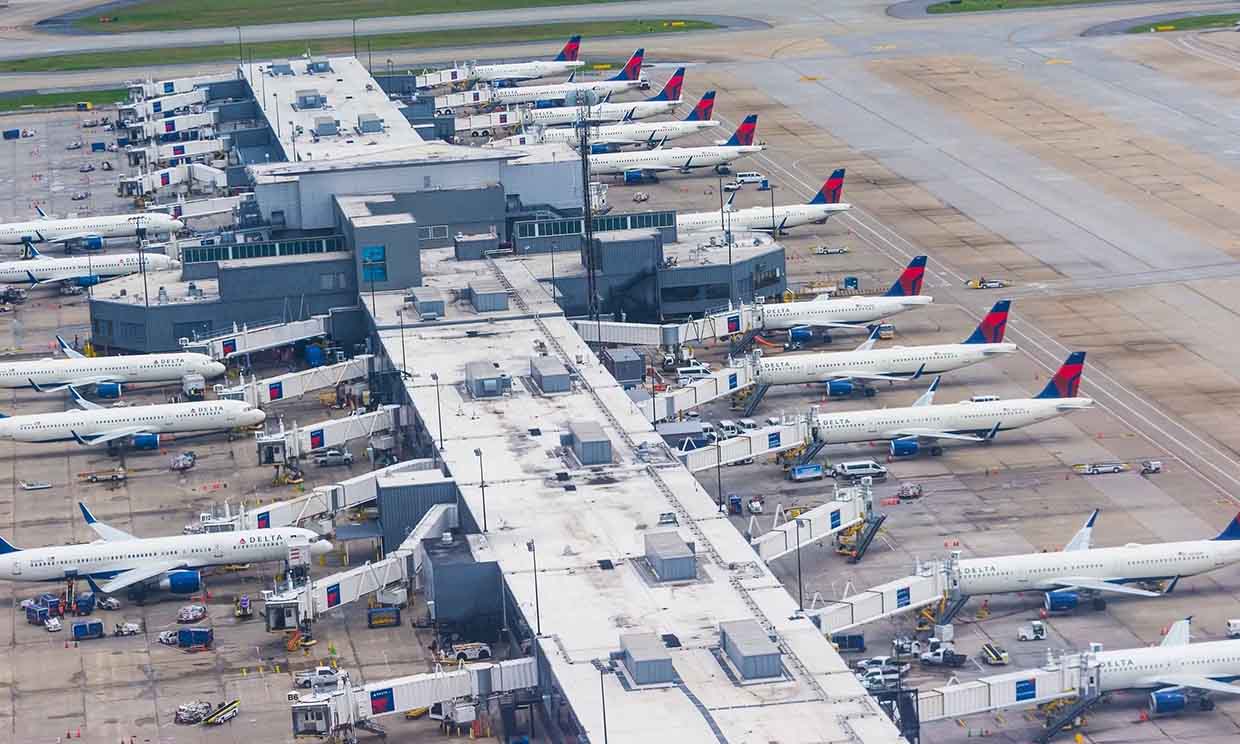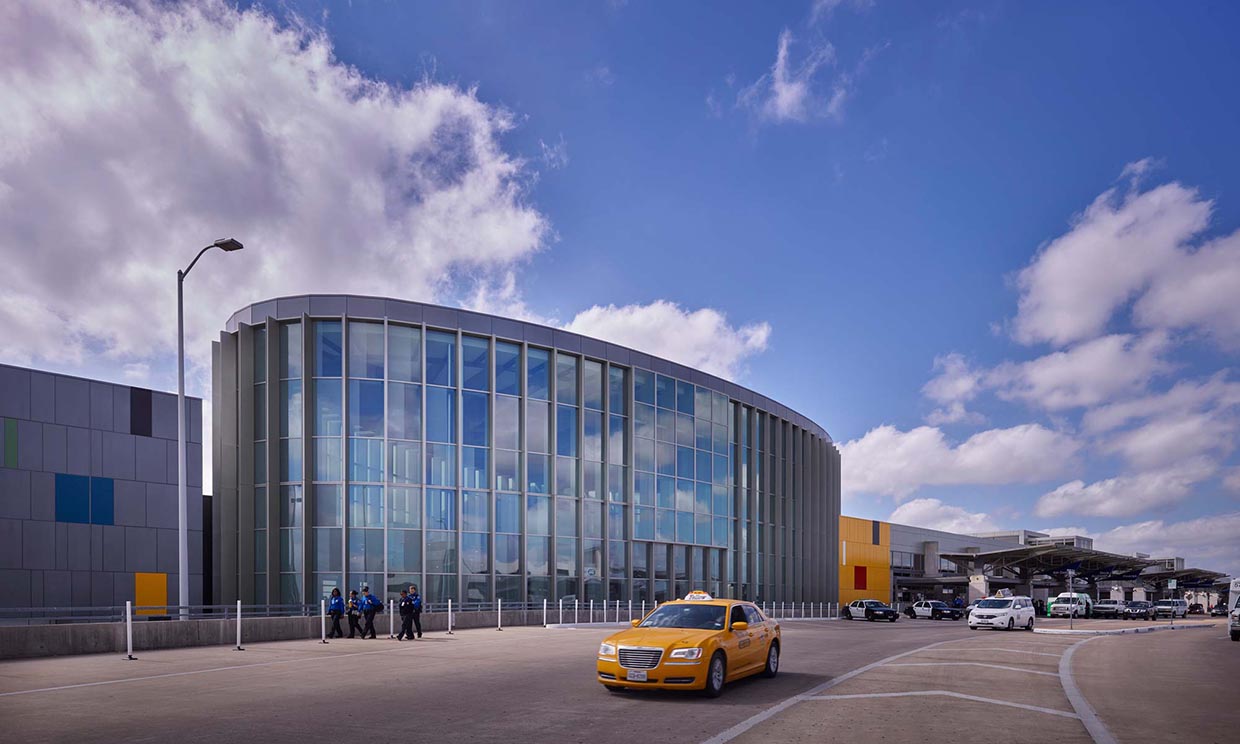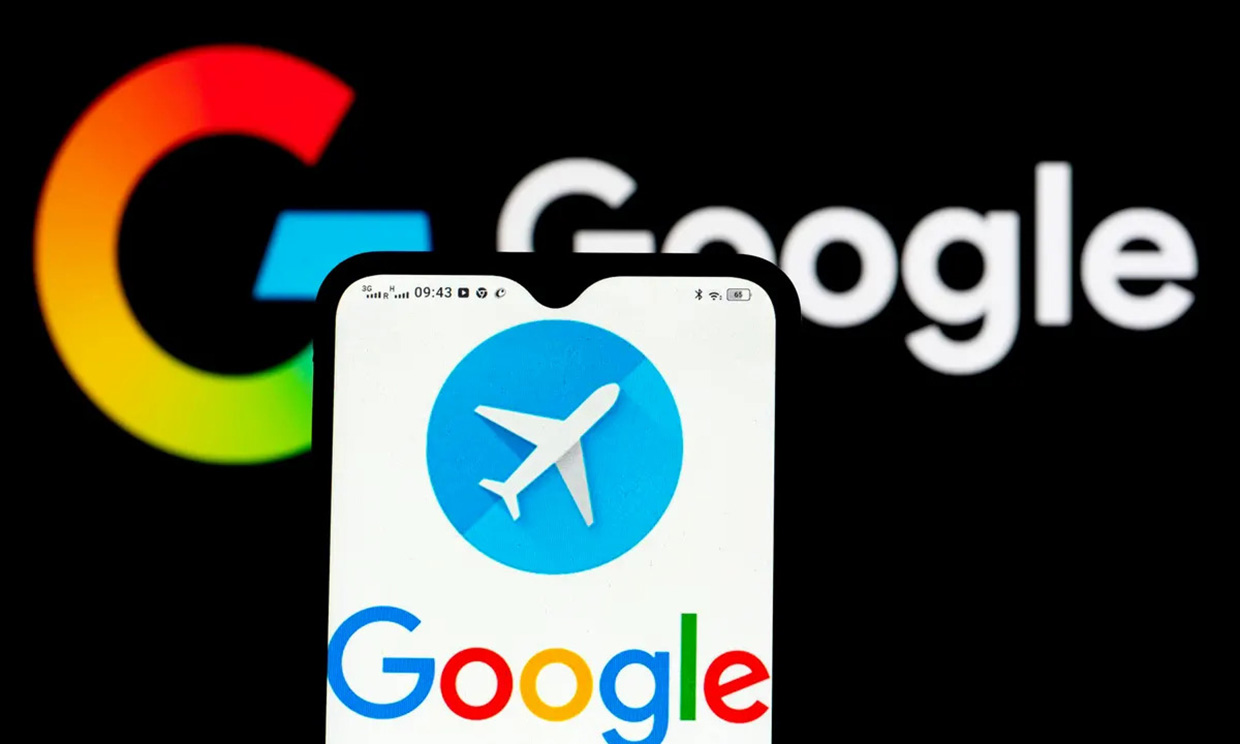When planning a trip to or from Chicago, one of the most common questions I get is: “Should I fly into O’Hare International Airport (ORD) or Midway Airport (MDW)?” It’s not a simple question, as each airport has its own advantages and suits different types of travelers. To help myself and others navigate this choice more easily, I decided to write this comprehensive and practical guide for choosing the right airport in Chicago. Whether you’re visiting the city for the first time or already familiar with it, this guide will help you make a more informed decision when organizing your trip.
1. Getting to Know Chicago’s Two Major Airports
Chicago is the transportation hub of the American Midwest, and its status as an air travel center ranks among the top in the country. The city is served by two main commercial airports:
- O’Hare International Airport (ORD): Located about 17 miles (27 km) northwest of downtown Chicago, O’Hare is one of the busiest airports in the U.S. and ranks among the top global international hubs.
- Midway International Airport (MDW): Located about 11 miles (18 km) southwest of downtown, Midway is smaller in size and primarily handles domestic flights.
Both airports serve as gateways to Chicago, but they differ significantly in terms of the airlines they host, flight volume, international routes, and transportation access.
2. Flight Options: ORD Has the Edge, But MDW Offers Surprises
O’Hare is one of the top three airline hubs in the U.S., serving major carriers such as United, Delta, and American Airlines, as well as a wide array of international airlines. If you’re flying to or from Asia, Europe, or South America, O’Hare is essentially your only option.
Midway is better suited for domestic travel, especially short-haul flights within the U.S. It is a major hub for Southwest Airlines, which accounts for nearly 90% of its traffic. If you’re accustomed to Southwest’s affordable and flexible style of flying, Midway is a great choice.
I’ve used both airports numerous times for trips to and from cities like Denver, Phoenix, and Dallas. Flights from Midway are usually more budget-friendly and efficient. But when flying to places like Paris, London, or Tokyo, O’Hare’s wide international network is irreplaceable.
- For international or long-haul flights: Choose O’Hare (ORD)
- For domestic or short-haul travel, especially with Southwest: Midway (MDW) is ideal
3. Ground Transportation: MDW Slightly Better, ORD Still Strong
An airport’s convenience also depends heavily on how easy it is to get to from the city center. Fortunately, Chicago’s public transportation is quite efficient, and both airports are directly connected to the city’s CTA train system — a rarity in the U.S.
1. O’Hare’s Transportation Options:
- Train: CTA Blue Line ends at O’Hare and runs 24/7. From the downtown Loop area, it takes about 45 minutes.
- Driving/Taxi: Around 30 minutes during non-peak hours, but can take over an hour during rush hour.
- Pros: Direct train access, reliable
- Cons: Longer distance, susceptible to traffic congestion
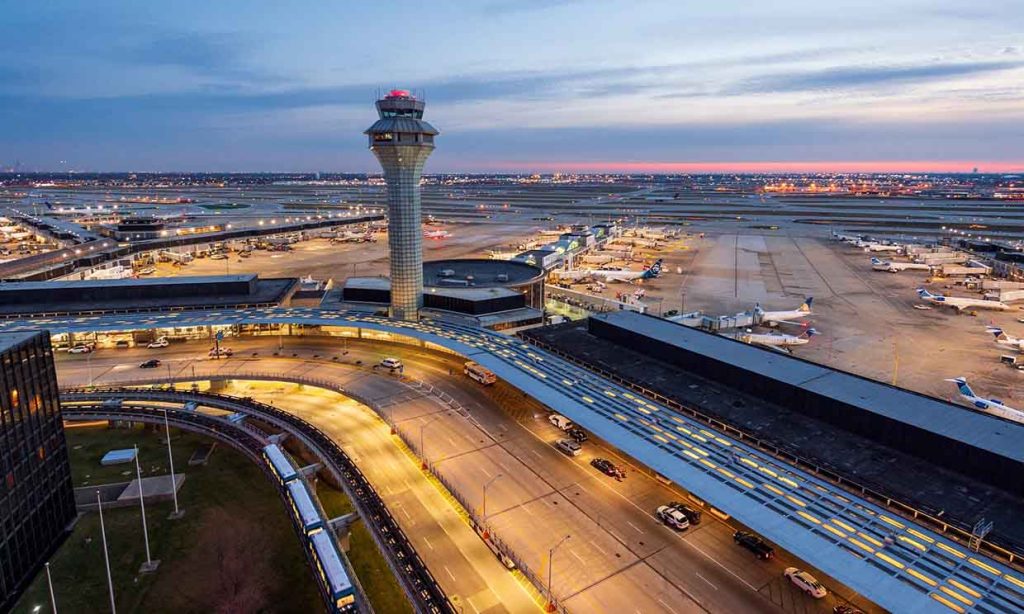
2. Midway’s Transportation Options:
- Train: CTA Orange Line terminates at Midway. About 25 minutes from downtown.
- Driving/Taxi: Usually 20–30 minutes, with less congestion than the O’Hare route.
- Pros: Closer to downtown, fast and stable train service
- Cons: Orange Line doesn’t run 24 hours; nighttime travelers need to plan accordingly
Personally, I prefer taking the train, especially for early morning flights to avoid traffic. I’ve taken both the Blue Line at 5 AM and the Orange Line at 6 PM, with consistently smooth experiences. In contrast, I once spent nearly two hours in traffic getting to O’Hare during rush hour.
- Want to save travel time: Midway (MDW) wins
- Need 24/7 public transport: O’Hare (ORD) is more dependable
4. Security & Efficiency: Midway is Faster, O’Hare Can Be Crowded
For time-sensitive travelers, airport security wait times and crowd management are major concerns.
O’Hare, due to its vast size and high traffic, often has long lines at TSA checkpoints, especially during early mornings and holidays. I once waited nearly 50 minutes to get through security at 5 AM before a holiday weekend.
In contrast, Midway is known for its efficiency. The terminal layout is compact, and although it has fewer security lanes, the overall passenger volume is lower. My fastest experience going from the front door to the gate at Midway was just 12 minutes — rare for a U.S. airport.
If you’re someone who packs last minute or tends to cut it close, Midway is definitely more forgiving.
- Prioritize speed and efficiency: Midway performs better
- Flying during peak or holidays: O’Hare requires more buffer time
5. Passenger Experience & Facilities: ORD is Modern, MDW is Practical
1. ORD’s Rich but Complex Layout:
O’Hare has four terminals (T1 to T5), connected by shuttles and a rail system. If you have to transfer between international and domestic flights, allocate at least 90 minutes.
The newly renovated international Terminal 5 is sleek and modern, offering high-end restaurants, duty-free shops, and even art exhibits. I always make a stop at Publican Tavern and grab Garrett Popcorn when flying out of T5.
2. MDW’s Streamlined Layout:
Midway has a single terminal with a clear and compact layout. It’s easy to navigate, especially for families or travelers with minimal luggage. Dining options are more limited, but local favorites like Potbelly and Big Shoulders Coffee hit the spot.
- Enjoy airport amenities and shopping: ORD is the winner
- Prefer simplicity and quick navigation: MDW is more convenient
6. Airfare & Ticket Strategy: MDW is Budget-Friendly, ORD Offers Range
For domestic travel within North America, I usually compare both airports using fare search engines. In my experience, Southwest flights from Midway are often at least $100 cheaper than similar routes from ORD.
For example, I once found a $275 fare from ORD to Las Vegas, while MDW offered a direct flight for just $148 — with only a 30-minute difference in arrival time.
But for international flights, O’Hare clearly dominates. With its volume and competition, you can occasionally find excellent deals on long-haul flights as well.
- Domestic flights, especially to the South and West: Choose MDW
- International trips and flexible connections: O’Hare is superior
7. Baggage Policies & Airline Preferences: Watch the Hidden Costs
Midway’s crown jewel is Southwest Airlines, whose generous policy of two free checked bags can lead to substantial savings, especially for travelers like me who often bring camera gear, seasonal clothing, or outdoor equipment. This policy is particularly helpful for families or anyone packing for longer trips. On the other hand, most airlines operating out of O’Hare charge fees for checked baggage, and those charges can add up quickly. Budget carriers like Spirit and Frontier may advertise low ticket prices, but their baggage fees — including for carry-ons — can significantly increase your total cost. When booking, always consider the full picture, not just the base fare, and compare baggage allowances carefully.
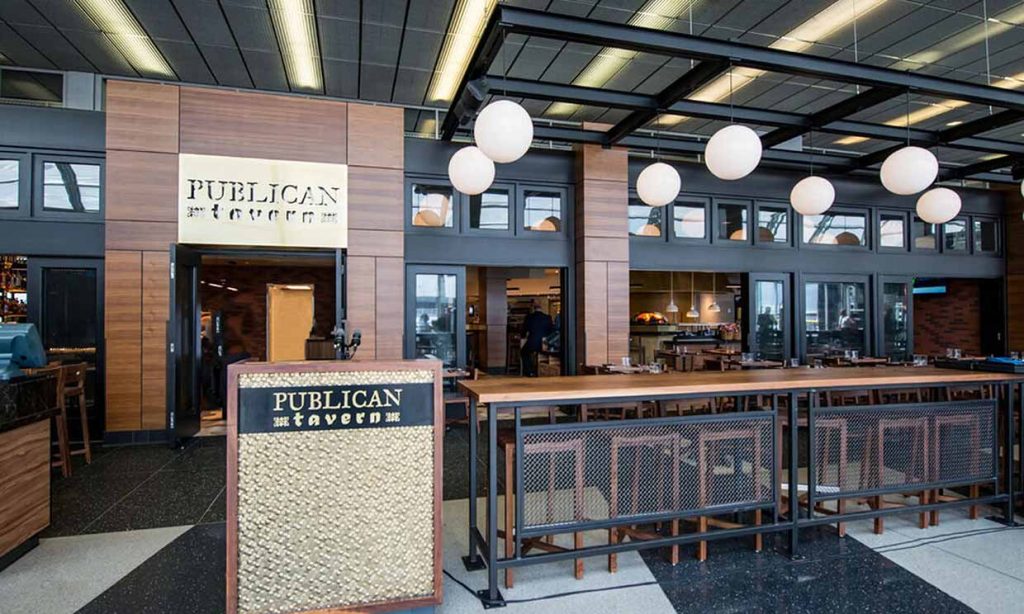
8. Seasonal Considerations: Winter Travel Can Be Tricky
Chicago winters are notoriously harsh, with strong winds and heavy snow from late fall through early spring. These conditions often impact flight operations, causing delays and cancellations across both airports. However, O’Hare, being larger and more complex in layout and operations, tends to suffer more during severe weather events. Its busy traffic and multiple runways make de-icing and rerouting slower. I once experienced a day where over 200 flights were delayed at ORD due to icy conditions, while MDW continued to operate with fewer disruptions. If your travel falls during winter months, especially around holidays, try to schedule flights during midday and choose Midway if flexibility allows — it might save you hours of waiting.
9. Which One Should You Choose?
Choosing between ORD and MDW ultimately comes down to three main questions, and your answers will depend on your personal travel style, itinerary, and priorities. Understanding the strengths and weaknesses of each airport will help you make the best decision for your trip.
- Where are you going? For international travel, ORD is nearly your only option, as it offers an extensive network of global routes and numerous airline partnerships. It’s ideal for long-haul flights to Europe, Asia, and South America. For U.S. domestic trips, especially to cities in the South or West, MDW often provides better value, particularly through Southwest Airlines, which dominates the airport.
- How will you get to the airport? If you’re coming from downtown Chicago and prefer quick, convenient access, MDW is more efficient thanks to its closer location and shorter train ride via the Orange Line. If you need reliable transportation during late-night or early-morning hours, however, ORD is more dependable due to its 24/7 Blue Line service and higher availability of taxis and ride shares.
- What matters more to you: cost or comfort? If you’re budget-conscious and want baggage perks like free checked luggage, MDW is the clear winner, especially for travelers flying with Southwest. On the other hand, if you prioritize upscale amenities, a wider variety of lounges, dining, and shopping options, and a full-service airport experience, ORD is the better choice.
For me, if I’m short on time and heading to a U.S. city, I usually fly from Midway. But if it’s a long-haul trip, traveling with family, or I just want to enjoy the full airport experience, I’ll book through O’Hare. In a big city like Chicago, both airports have their irreplaceable roles. Choosing the one that suits your specific needs is the first step to a smooth journey.
